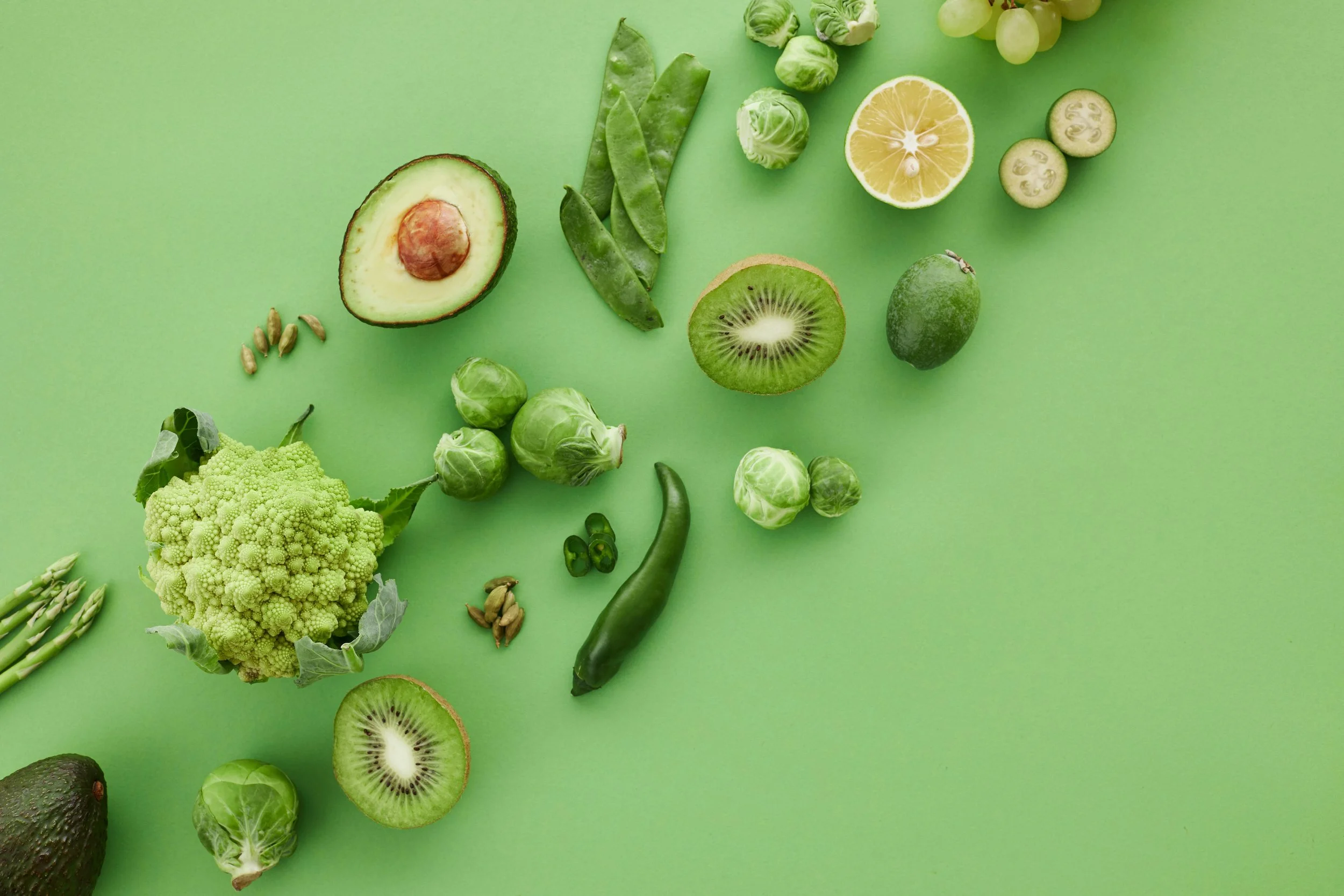Pickling can be just that—a pickle. True pickling is an ancient miracle for food preservation, but involves a drawn-out fermentation process requiring canning equipment, sterilization procedures and a whole lotta waiting around.
But, did you know that there’s a fast and easy way to preserve and chill your fresh garden veggies? Follow these quick pickling steps for those of you not ready to go all in.
1. Pick your pickle
Although cucumbers are the most common for pickling, you can pickle almost any vegetable such as baby carrots (not the bitty mature carrots which you find in packages, but miniature immature ones with the skin still on), shallots, onion, asparagus, cauliflower, green beans, zucchini, okra, and beyond. The fresher and crispier the produce, the better the final product.
2. Prep the potion
The main ingredient in pickle brine is vinegar. White vinegar is most common, but you can also use cider vinegar or wine vinegar. Balsamic is not recommended as it’s too syrupy. Combine 1 cup vinegar with 1/2 cup water in a saucepan. Instead of diluting the vinegar with water, try including a 1/2 cup of white or brown sugar with a dash of cinnamon.
Add a few pinches of salt. Salt draws moisture out of the vegetables and encourages the growth of useful bacteria.
5. Spice it up
This is where it gets fun. Many "pickling spice" blends are available and work beautifully, but consider a visit to the bulk aisle at your local food co-op to customize your blend. Mustard seed, dill seed, dry coriander seed, red pepper flakes, bay leaf, black peppercorns and garlic are all great places to start.
Combine all the ingredients in the saucepan, stir to dissolve, and bring to a boil.
3. Prep your veggies
Trim off any inedible pieces of your vegetable (e.g., the ends of green beans or root ends of onions). If you're cutting your vegetables into pieces, make sure they're all about the same size for pickling consistency.
Leeks and carrots make great pickled veggies.
4. Submerge and chill
Place your vegetables in a clean, dry container. Glass jars are the best because they won’t absorb any odors from the pickles.
Pour the boiling brine into the jar and submerge the veggies completely (you can add water to bring up the level if needed). Refrigerate for at least one hour and let the brine work its charms. The longer you brine, the tastier the pickle.
Depending on your veggie, quick pickles will keep in the fridge for weeks to a few months.
Reprinted by permission from StrongerTogether.coop. Find articles about your food and where it comes from, recipes and a whole lot more at www.strongertogether.coop.



